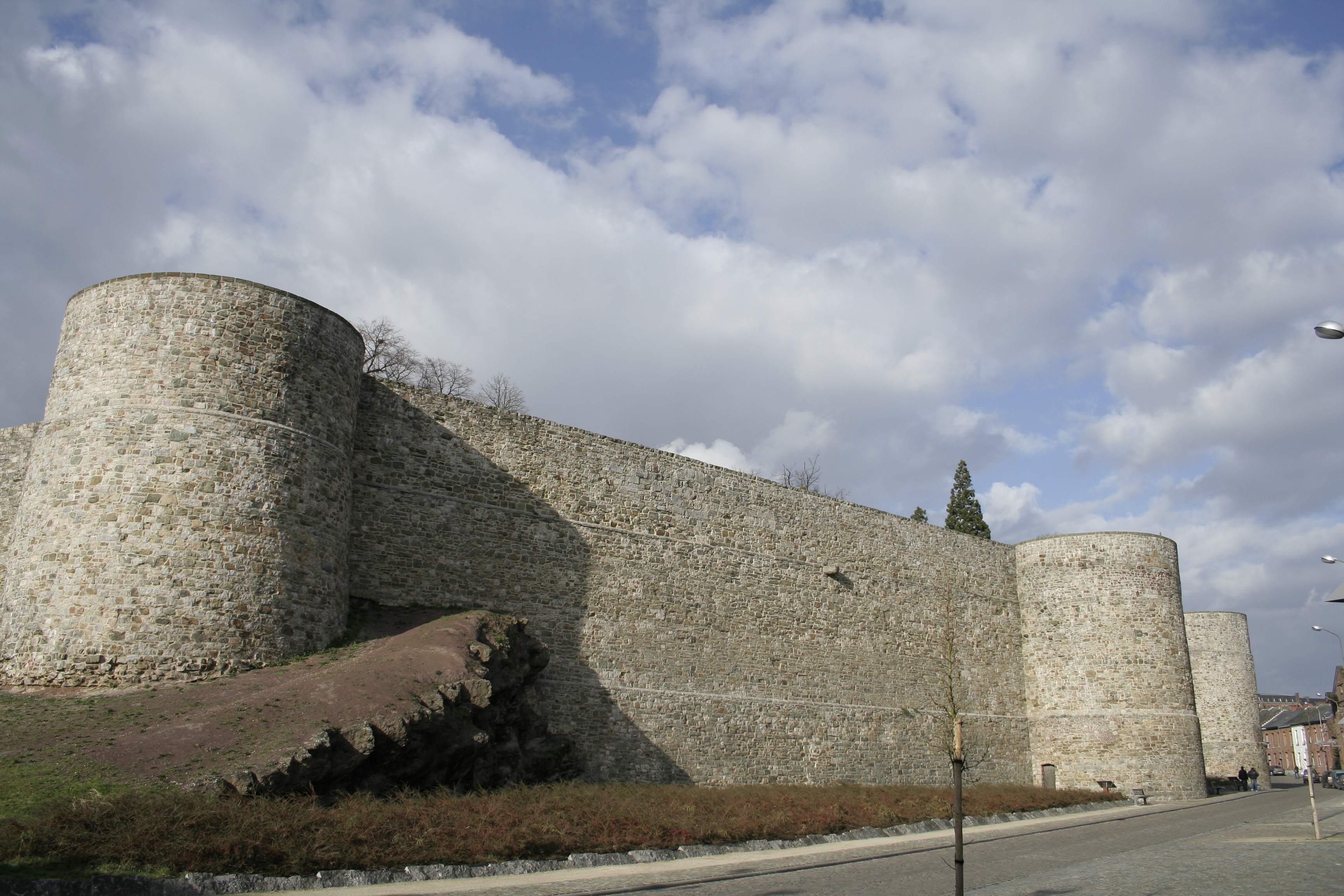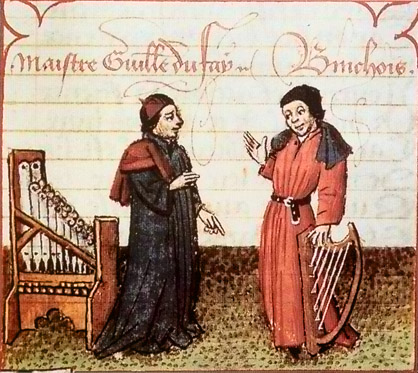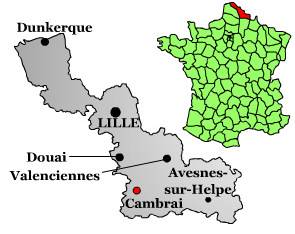|
Music Of Belgium
The music of Belgium is a cultural mix where Flemish Dutch-speaking and Walloon French-speaking traditions mix with those of German minorities and of immigrant communities from Democratic Republic of the Congo or other distant countries. Early and classical music Many of the major 15th- and 16th-century composers of the Franco-Flemish School—a current of vocal polyphony that played a central role in European art music of the time—were born and bred in the portion of the Low Countries that is situated in present-day Belgium, often in Hainaut. The late medieval composer and music theorist Johannes Ciconia (c. 1370–1412) had been born in Liège, but like many later Flemish polyphonists he spent much of his life working in Renaissance Italy. While it remains unclear why Flemish and other Netherlandish musicians exerted such a strong influence on Renaissance music throughout Europe (with a particularly strong axis developing between Liège and Rome), one possibility is t ... [...More Info...] [...Related Items...] OR: [Wikipedia] [Google] [Baidu] |
Music
Music is generally defined as the art of arranging sound to create some combination of form, harmony, melody, rhythm or otherwise expressive content. Exact definitions of music vary considerably around the world, though it is an aspect of all human societies, a cultural universal. While scholars agree that music is defined by a few specific elements, there is no consensus on their precise definitions. The creation of music is commonly divided into musical composition, musical improvisation, and musical performance, though the topic itself extends into academic disciplines, criticism, philosophy, and psychology. Music may be performed or improvised using a vast range of instruments, including the human voice. In some musical contexts, a performance or composition may be to some extent improvised. For instance, in Hindustani classical music, the performer plays spontaneously while following a partially defined structure and using characteristic motifs. In modal jazz ... [...More Info...] [...Related Items...] OR: [Wikipedia] [Google] [Baidu] |
Netherlandish
The Low Countries comprise the coastal Rhine–Meuse–Scheldt delta region in Western Europe, whose definition usually includes the modern countries of Luxembourg, Belgium and the Netherlands. Both Belgium and the Netherlands derived their names from earlier names for the region, due to ''nether'' meaning "low" and ''Belgica'' being the Latinized name for all the Low Countries, a nomenclature that became obsolete after Belgium's secession in 1830. The Low Countries—and the Netherlands and Belgium—had in their history exceptionally many and widely varying names, resulting in equally varying names in different languages. There is diversity even within languages: the use of one word for the country and another for the adjective form is common. This holds for English, where ''Dutch'' is the adjective form for the country "the Netherlands". Moreover, many languages have the same word for both the country of the Netherlands and the region of the Low Countries, e.g., French ( ... [...More Info...] [...Related Items...] OR: [Wikipedia] [Google] [Baidu] |
Johannes Ockeghem
Johannes Ockeghem ( – 6 February 1497) was a Franco-Flemish composer and singer of early Renaissance music. Ockeghem was the most influential European composer in the period between Guillaume Du Fay and Josquin des Prez, and he was—with his colleague Antoine Busnois—the leading European composer in the second half of the 15th century. He was an important proponent of the early Franco-Flemish School. Ockeghem was well associated with other leading composers of the time, and spent most of his career serving the French royal court under Charles VII, Louis XI and Charles VIII. Numerous poets and musicians lamented his death, including Erasmus, Guillaume Crétin, Jean Molinet and Josquin, who composed the well known ''Nymphes des bois'' for him. It is thought that Ockeghem's extant works represent only a small part of his entire ''oeuvre'', including around 14 masses, 20 chansons and less than 10 motets—though the exact numbers vary due to attribution uncertainties. His be ... [...More Info...] [...Related Items...] OR: [Wikipedia] [Google] [Baidu] |
Duchy Of Burgundy
The Duchy of Burgundy (; la, Ducatus Burgundiae; french: Duché de Bourgogne, ) emerged in the 9th century as one of the successors of the ancient Kingdom of the Burgundians, which after its conquest in 532 had formed a constituent part of the Frankish Empire. Upon the 9th-century partitions, the French remnants of the Burgundian kingdom were reduced to a ducal rank by King Robert II of France in 1004. Robert II's son and heir, King Henry I of France, inherited the duchy but ceded it to his younger brother Robert in 1032. Other portions had passed to the Imperial Kingdom of Burgundy-Arles, including the County of Burgundy (Franche-Comté). Robert became the ancestor of the ducal House of Burgundy, a cadet branch of the royal Capet dynasty, ruling over a territory that roughly conformed to the borders and territories of the modern region of Burgundy (Bourgogne). Upon the extinction of the Burgundian male line with the death of Duke Philip I in 1361, the duchy reverted to King ... [...More Info...] [...Related Items...] OR: [Wikipedia] [Google] [Baidu] |
French Flanders
French Flanders (french: La Flandre française) is a part of the historical County of Flanders in present-day France where a dialect of Dutch was or still is traditionally spoken. The region lies in the modern-day region of Hauts-de-France and roughly corresponds to the arrondissements of Lille, Douai and Dunkirk on the northern border with Belgium. Together with French Hainaut and the Cambrésis, it makes up the French Department of Nord. Geography French Flanders is mostly flat marshlands in the coal-rich area just south of the North Sea. It consists of two regions: #French Westhoek to the northwest, lying between the river Lys and the North Sea, roughly the same area as the Arrondissement of Dunkirk; #Walloon Flanders (french: La Flandre wallonne, link=no; nl, Waals Vlaanderen, link=no), to the southeast, south of the Lys and now the Arrondissements of Lille and Douai. History Once a part of ancient and medieval Francia from the inception of the Frankish kingdom (desc ... [...More Info...] [...Related Items...] OR: [Wikipedia] [Google] [Baidu] |
Lille
Lille ( , ; nl, Rijsel ; pcd, Lile; vls, Rysel) is a city in the northern part of France, in French Flanders. On the river Deûle, near France's border with Belgium, it is the capital of the Hauts-de-France Regions of France, region, the Prefectures in France, prefecture of the Nord (French department), Nord Departments of France, department, and the main city of the Métropole Européenne de Lille, European Metropolis of Lille. The city of Lille proper had a population of 234,475 in 2019 within its small municipal territory of , but together with its French suburbs and exurbs the Lille metropolitan area (French part only), which extends over , had a population of 1,510,079 that same year (Jan. 2019 census), the fourth most populated in France after Paris, Lyon, and Marseille. The city of Lille and 94 suburban French municipalities have formed since 2015 the Métropole Européenne de Lille, European Metropolis of Lille, an Indirect election, indirectly elected Métropole, metr ... [...More Info...] [...Related Items...] OR: [Wikipedia] [Google] [Baidu] |
Binche
Binche (; wa, Bince; Dutch: ''Bing'') is a city and municipality from Wallonia, in the province of Hainaut, Belgium. Since 1977, the municipality consists of Binche, Bray, Buvrinnes, Épinois, Leval-Trahegnies, Péronnes-lez-Binche, Ressaix, and Waudrez districts. According to the surveys from 2021, Binche had a total population of 33,416, approximately 550 inhabitants per km2. The motto of the city is "'' Plus Oultre''" (meaning "Further beyond" in Old French), which was the motto of Holy Roman Emperor Charles V, who in 1545 gave the medieval Castle of Binche to his sister, Queen Mary of Hungary. Her attention was spent on Binche, which she had rebuilt into Binche Palace under the direction of the architect-sculptor Jacques du Broeucq, remembered today as the first master of Giambologna. This château, intended to rival Fontainebleau, was eventually destroyed by the soldiers of Henry II of France in 1554. In 2003, the Carnival of Binche was proclaimed one of the Masterpiec ... [...More Info...] [...Related Items...] OR: [Wikipedia] [Google] [Baidu] |
Mons
Mons (; German and nl, Bergen, ; Walloon and pcd, Mont) is a city and municipality of Wallonia, and the capital of the province of Hainaut, Belgium. Mons was made into a fortified city by Count Baldwin IV of Hainaut in the 12th century. The population grew quickly, trade flourished, and several commercial buildings were erected near the ''Grand’Place''. In 1814, King William I of the Netherlands increased the fortifications, following the fall of the First French Empire. The Industrial Revolution and coal mining made Mons a centre of heavy industry. In 1830, Belgium gained its independence and the decision was made to dismantle the fortifications, allowing the creation of large boulevards and other urban projects. On 2324 August 1914, Mons was the location of the Battle of Mons. The British were forced to retreat and the town remained occupied by the Germans until its liberation by the Canadian Corps during the final days of the war. There are several memorial placard ... [...More Info...] [...Related Items...] OR: [Wikipedia] [Google] [Baidu] |
Gilles Binchois
Gilles de Bins dit Binchois (also Binchoys; – 20 September 1460) was a Franco-Flemish composer of early Renaissance music. A central figure of the Burgundian School, Binchois and his colleague Guillaume Du Fay were deeply influenced by the ''contenance angloise'' style of John Dunstaple. His efforts in consolidating a 'Burgundian tradition' would be important for the formation of the Franco-Flemish School. One of the three most famous composers of the early 15th century, Binchois is often ranked behind Du Fay and Dunstable by contemporary scholars, but his works were still widely cited, emulated and used as source material after his death. Described by the musicologist Anthony Pryer as a "supreme miniaturist", he generally avoided large scale works, and is most admired for his shorter secular chansons. Despite this, it is thought that considerably more of his sacred music survives than secular music, creating a 'paradoxical image' of the composer. Reflecting on his style, th ... [...More Info...] [...Related Items...] OR: [Wikipedia] [Google] [Baidu] |
Burgundian School
The Burgundian School was a group of composers active in the 15th century in what is now northern and eastern France, Belgium, and the Netherlands, centered on the court of the Dukes of Burgundy. The school inaugurated the music of Burgundy. The main names associated with this school are Guillaume Dufay, Gilles Binchois, Antoine Busnois and (as an influence), the English composer John Dunstaple. The Burgundian School was the first phase of activity of the Franco-Flemish School, the central musical practice of the Renaissance in Europe. Background In late Medieval and early Renaissance Europe, cultural centers tended to move from one place to another due to changing political stability and the presence of either the spiritual or temporal power, for instance the Pope, Anti-pope or the Holy Roman Emperor. In the 14th century, the main centers of musical activity were northern France, Avignon, and Italy, as represented by Guillaume de Machaut and the '' ars nova'', the '' ars subti ... [...More Info...] [...Related Items...] OR: [Wikipedia] [Google] [Baidu] |
Cambrai
Cambrai (, ; pcd, Kimbré; nl, Kamerijk), formerly Cambray and historically in English Camerick or Camericke, is a city in the Nord (French department), Nord Departments of France, department and in the Hauts-de-France Regions of France, region of France on the Scheldt river, which is known locally as the Escaut river. A Subprefectures in France, sub-prefecture of the department, Cambrai is a town which had 32,501 inhabitants in 2018. It is in the heart of the urban unit of Cambrai with 46,772 inhabitants. Its functional area (France), functional area, a more extensive range, included 94,576 inhabitants in 2018.Comparateur de territoire: Aire d'attraction des villes 2020 de Cambra ... [...More Info...] [...Related Items...] OR: [Wikipedia] [Google] [Baidu] |
Brussels
Brussels (french: Bruxelles or ; nl, Brussel ), officially the Brussels-Capital Region (All text and all but one graphic show the English name as Brussels-Capital Region.) (french: link=no, Région de Bruxelles-Capitale; nl, link=no, Brussels Hoofdstedelijk Gewest), is a region of Belgium comprising 19 municipalities, including the City of Brussels, which is the capital of Belgium. The Brussels-Capital Region is located in the central portion of the country and is a part of both the French Community of Belgium and the Flemish Community, but is separate from the Flemish Region (within which it forms an enclave) and the Walloon Region. Brussels is the most densely populated region in Belgium, and although it has the highest GDP per capita, it has the lowest available income per household. The Brussels Region covers , a relatively small area compared to the two other regions, and has a population of over 1.2 million. The five times larger metropolitan area of Brusse ... [...More Info...] [...Related Items...] OR: [Wikipedia] [Google] [Baidu] |










